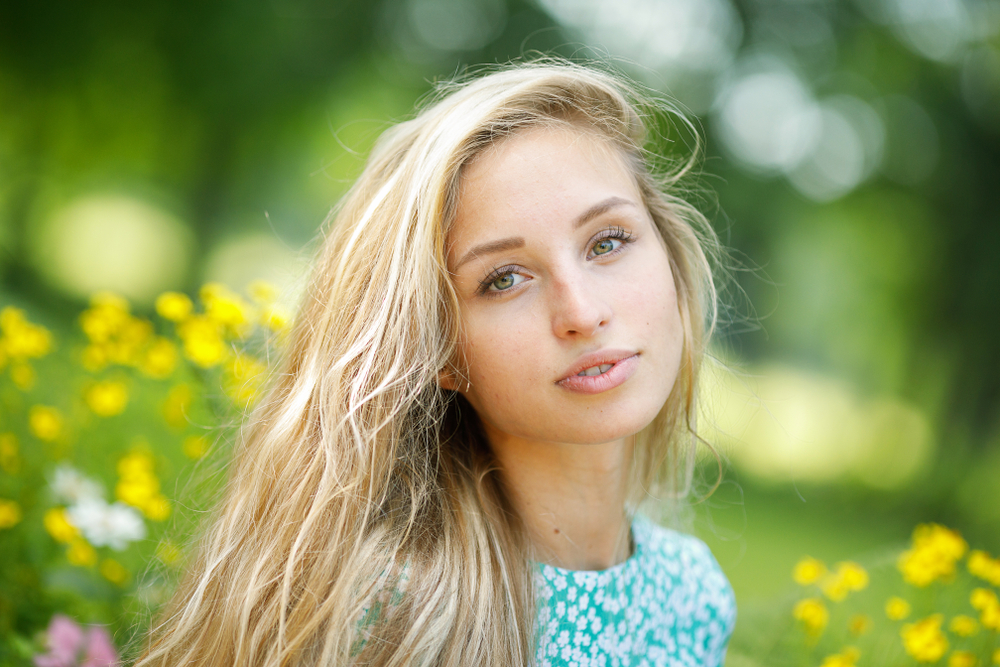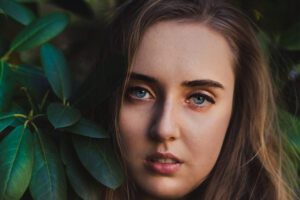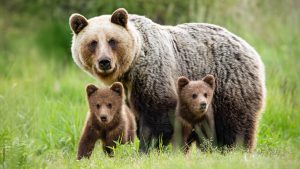They say blondes have more fun. Is it true? Of course, it depends on who you ask, but while blonde hair may seem common in the U.S. and Europe, it’s actually quite rare.
Only an estimated 2% of the world population has blonde hair. The majority of people have black hair, approximately 85% of the total population, while 11% have brown hair and just 1% are redheaded.
Still curious about blonde hair? Keep reading to learn more, including what makes hair blonde and which countries have the most blonde hair.
Table of Contents
What is blonde hair?
Blonde hair is light in color, ranging from very pale to red or strawberry blonde, or golden brown blonde.
This fair hair color is caused by low levels of eumelanin, the pigment that’s responsible for dark colors in hair, skin, and eyes.
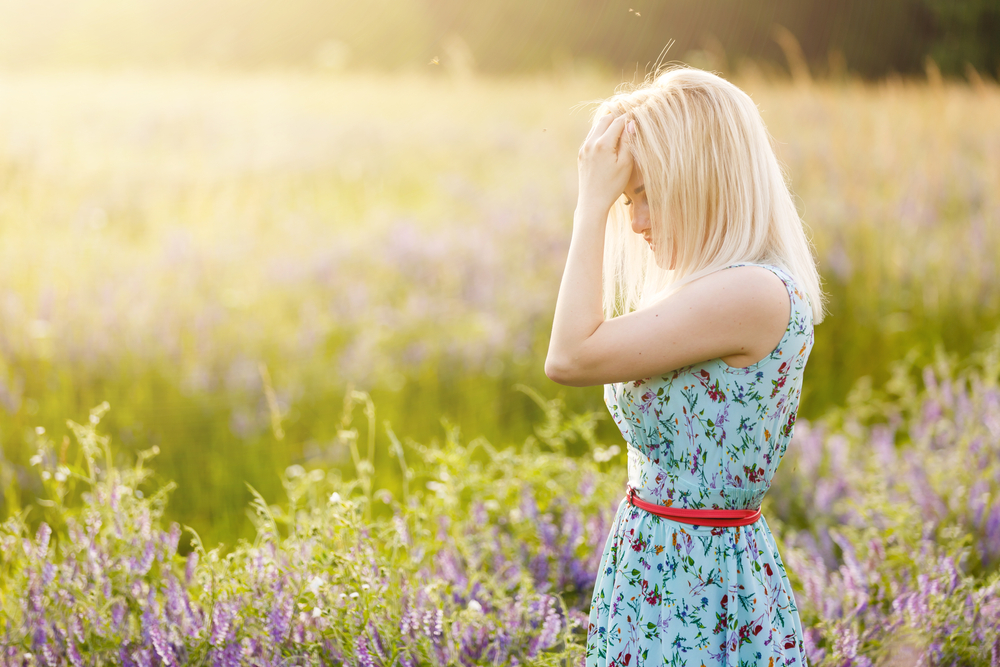
Depending on where you are in the world, you may see a lot of blonde hair, but keep in mind, many people aren’t born with this hair color, but instead, use dye to achieve the desired look.
In addition to all the shades of blonde, there’s also brown, black, and red hair, with gray and white strands apparent in many people as well.
Why is blonde hair less common?
Blonde hair is less common than brown or black hair, and it all comes down to genetics and evolution.
Those with light skin are more likely to be born with blonde hair, although it often turns darker with age.
Many children born with blonde hair will see it go anywhere from light to dark brown before they reach adulthood.
At the end of the day, the majority of people around the world have black or dark brown hair.
Studies estimate between 75 and 85% of people are naturally dark-haired. Eleven percent have slightly lighter brown hair and are natural brunettes, while 2% are blonde and the remaining 1–2% are redheads.
Which countries have the most blonde hair?
Blonde hair is most common in North America and Europe, where about 5% of the adult population is naturally blond.
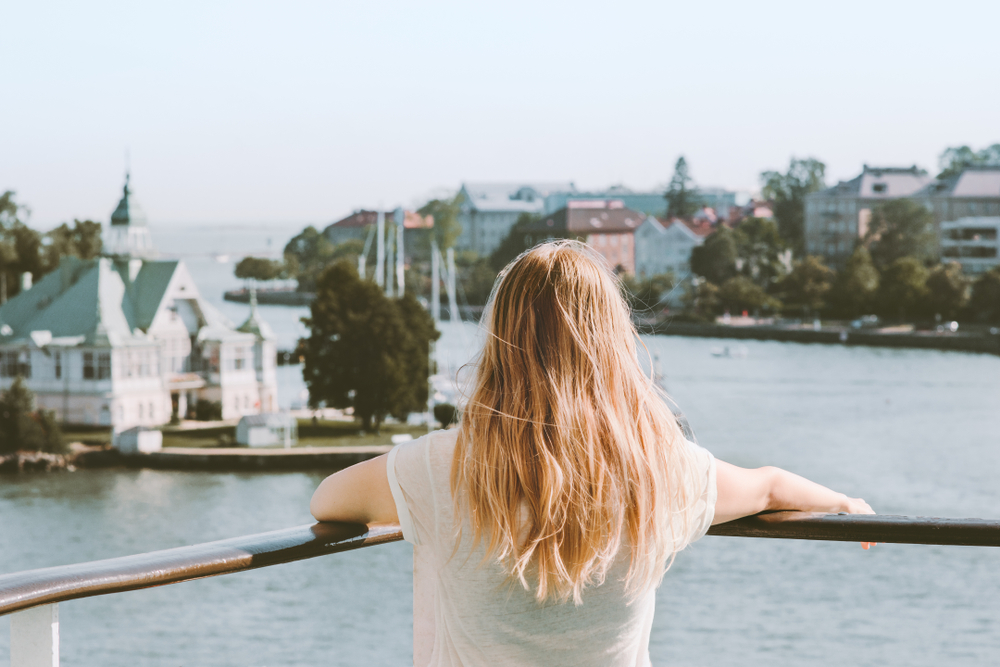
Remember, blonde hair often turns darker with age, which is why natural blondes are more common in children than adults.
Also, many Caucasian females dye their hair blonde, which influences the overall percentage of hair colors around the world.
That being said, here’s a list of the top countries for blonde hair based on the percentage of the national population with light-colored hair.
- Finland – 80% blonde
- Sweden – 78% blonde
- Norway – 75% blonde
- Estonia – 70% blonde
- Iceland – 70% blonde
- Denmark – 68% blonde
- Latvia – 66% blonde
- Netherlands – 66% blonde
- Germany – 66% blonde
- UK – 56% blonde
To put this in perspective, around 5% of Americans are blonde, and the numbers are far less on other continents like Asia, Africa, and South America.
How many people dye their hair blonde?
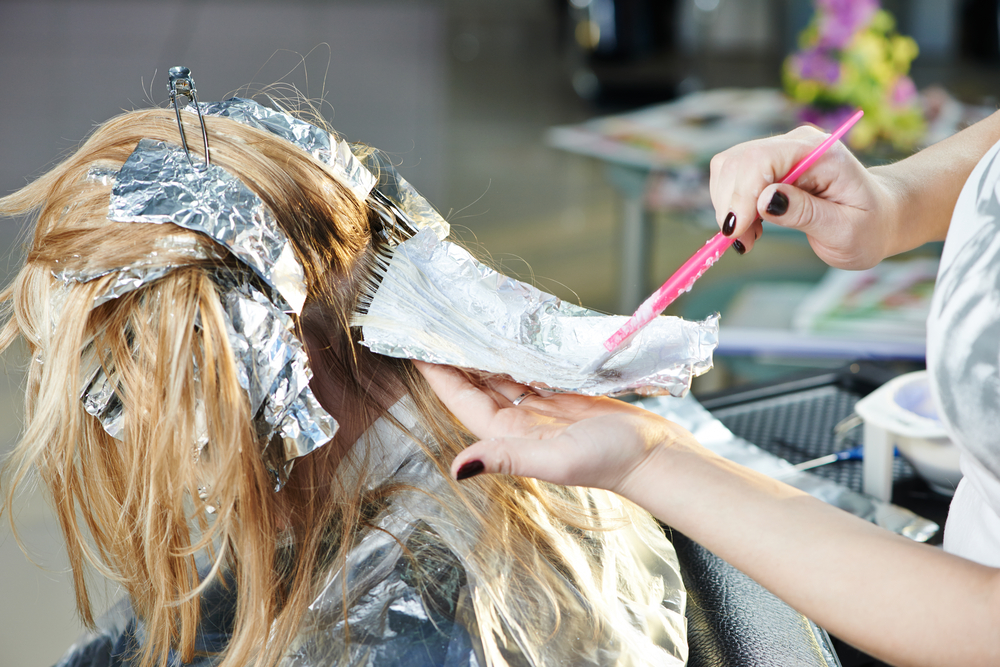
Hair dye has been around for over 100 years, and blonde highlights have remained in high demand across much of the globe.
According to Garnier, a popular hair product brand, one-third of women dye their strands with bleach or blonde hair dye.
A one-off hair dye job may not break the bank, but for natural brunettes, keeping up with the blonde over the years can add up.
Visits to the salon may cost anywhere from $50–$500 USD, and dye touch-ups may be needed every few months to conceal dark roots.
What does “naturally blonde” mean?
Naturally blonde refers to people who were born with blonde hair and have not dyed it to be that color.
Only 2% of the global population has naturally blonde hair, and this physical characteristic is most common in the Nordic countries of Europe and parts of North America.
Something interesting about natural blondes is they have more hairs, around 120,000 to 150,000, compared to 100,000 to 120,000 individual strands for those with dark hair.
That’s because dark hair has more melanin, which protects against UV rays. Brunettes don’t need as much hair to avoid sun damage as blondies do.
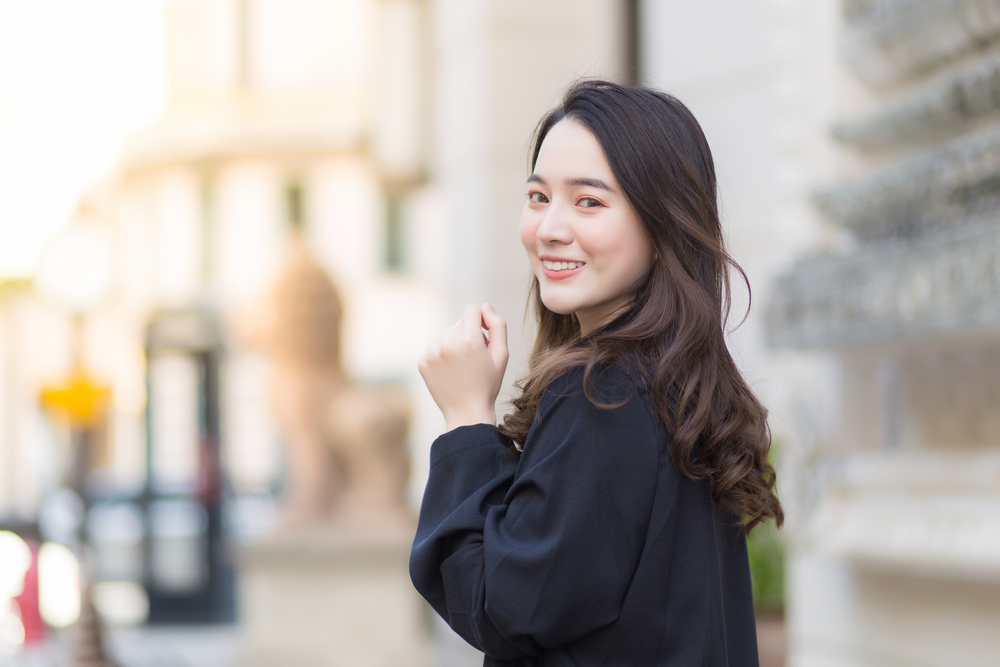
Speaking of blondes, a lot of light-haired people notice their hair gets darker during the winter. With shorter days, fewer UV rays may cause blonde hair to look a bit darker.
Those with medium or dark blonde hair may look brunette during the cold months.
How many people have blonde hair and blue eyes?
Many people consider blonde hair and blue eyes to be one of the most beautiful combos in the world.
However, it’s actually quite rare because both features are caused by recessive genes, unlike the dominant genes that cause dark-colored hair and eyes.
That means both alleles need to be recessive for someone to have blonde hair and blue eyes.
The prevalence of light-colored hair and blue eyes once again depends on where you are in the world.
Considering that only 2% of the world’s population has blonde hair, and many of them have brown eyes rather than blue, it makes sense that just about 1% of people have blonde hair and blue eyes.
Nordic countries have a much higher percentage of people with blonde hair and blue eyes compared to other nations.
Finland has the highest proportion of blonde hair and blue eyes. Eighty percent of the nation’s people have blonde hair and 80% have blue eyes.
In Sweden, 78% of the population has blonde hair and between 70% and 80% of Swedes have blue eyes.

Even in the UK, which has the 10th highest percentage of blondes, about half of the whole population has blue eyes.
Who are the most famous blondes?
Let’s leave this on a fun note – here are some of the most recognizable blondes from around the world, both past and present.
Can you guess which ones are naturally blonde?
- Marilyn Monroe
- Grace Kelly
- Pamela Anderson
- Gwen Stefani
- Meg Ryan
- Kate Hudson
- Cameron Diaz
- Jennifer Aniston
- Jessica Simpson
- Britney Spears
- Carrie Underwood
- Madonna
- Paul Newman
- James Dean
- Harrison Ford
- Owen Wilson
- Chris Hemsworth
- Brad Pitt
- Daniel Craig

